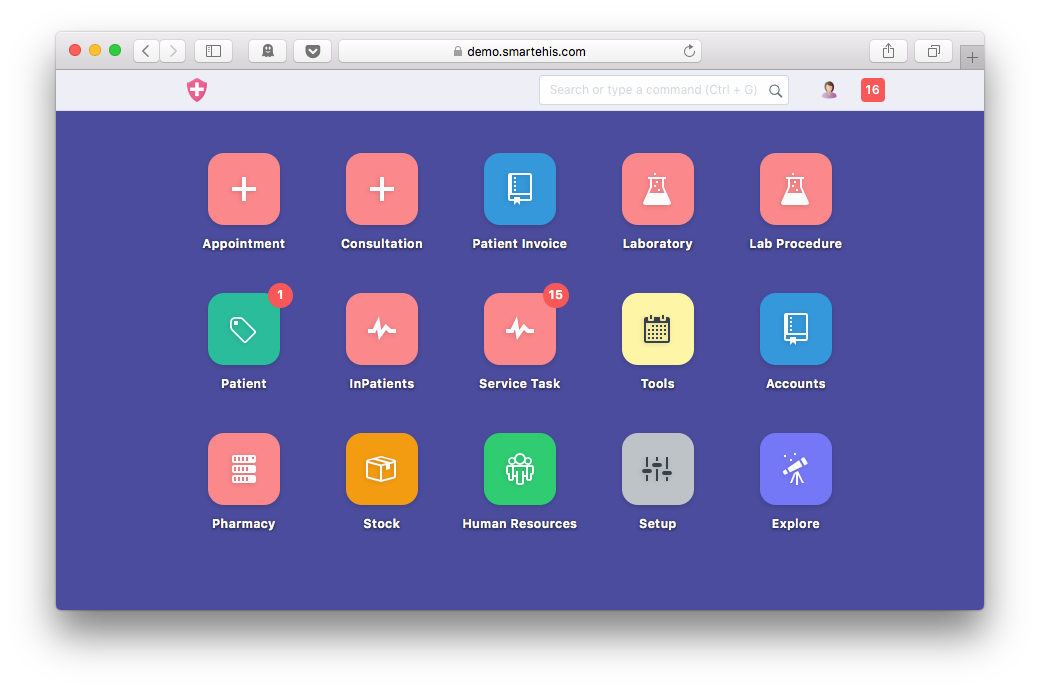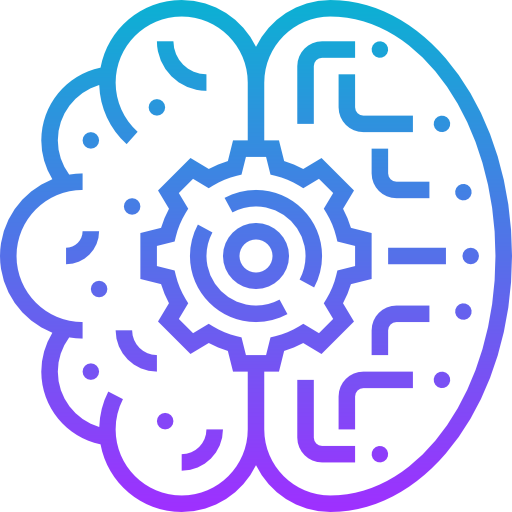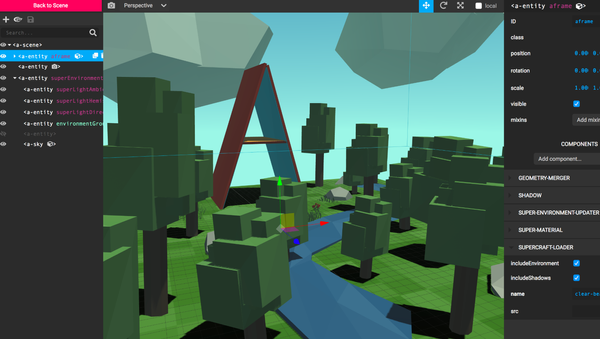Enhancing Patient Privacy with Open-Source Data Anonymization Tools : ARX Data Anonymization Tool
Table of Content
Protecting patient privacy is not optional. Whether you're a medical professional, software developer, or a healthcare institution handling patient data, privacy regulations like GDPR and HIPAA aren't just guidelines — they're legal obligations.
When dealing with sensitive medical records, data anonymization is one of the most effective methods to safeguard patient identity.
Open-source tools, like the ARX Data Anonymization Tool, offer robust solutions without adding unnecessary costs or vendor lock-in.

Why Data Anonymization Matters
Every medical institution holds vast amounts of sensitive patient information: names, addresses, diagnoses, and treatment histories. A data breach, intentional or accidental, can expose this information, causing harm to patients and hefty legal penalties for the organization involved.
Data anonymization strips personally identifiable information (PII) from datasets. This means even if data falls into the wrong hands, patients’ identities remain protected. It enables healthcare providers to:
- Share data responsibly with researchers, developers, or third-party services.
- Comply with privacy laws like GDPR (General Data Protection Regulation) and HIPAA (Health Insurance Portability and Accountability Act).
- Reduce liability from potential data breaches.
Without anonymization, organizations risk violating privacy laws, losing trust, and facing financial penalties.
Best Practices for Anonymizing Medical Records
Anonymizing data isn’t just about removing names and addresses. Done improperly, re-identification becomes a real possibility. Follow these best practices to ensure true anonymization:
- Remove Direct Identifiers: Names, Social Security Numbers, phone numbers, and email addresses must be removed or masked.
- Generalize Indirect Identifiers: Dates of birth, zip codes, and specific locations can still lead to re-identification. Generalize these fields to broader categories (e.g., year of birth instead of exact date).
- Use K-Anonymity or L-Diversity: These principles ensure that each individual in the dataset is indistinguishable from a certain number of others.
- Consistent Masking: When masking data (e.g., replacing names with pseudonyms), be consistent so that masked data remains usable for analysis.
- Test for Re-Identification Risk: Even after anonymization, use tools to test if anonymized data can be re-identified.
ARX Data Anonymization Tool
ARX is an open-source solution designed specifically for anonymizing large datasets, including medical records. It supports:
- Anonymization methods like k-anonymity, l-diversity, and t-closeness.
- Interactive data exploration to visualize risk levels.
- Compliance tools to meet GDPR and HIPAA requirements.
ARX is highly configurable, making it suitable for complex medical datasets. Its user-friendly interface allows healthcare IT teams to anonymize data without extensive training.
Why Open-Source Tools Like ARX?
Open-source anonymization tools offer key advantages:
- Transparency: You can audit the source code to ensure it meets security and privacy standards.
- Community-Driven: Continuous improvements from a community of developers and researchers.
- Cost-Effective: No licensing fees or vendor lock-in.
Healthcare organizations can avoid the high costs of proprietary software while ensuring compliance and data security.
Steps to Anonymize Data Using ARX
- Download and Install: Get ARX from its official website.
- Load Your Dataset: Import CSV or Excel files.
- Define Anonymization Rules: Set rules for removing or generalizing identifiers.
- Evaluate Re-Identification Risk: Use ARX’s risk analysis features.
- Apply Anonymization: Run the anonymization process and export the anonymized dataset.
Conclusion
Data anonymization is essential for protecting patient privacy and meeting legal requirements.
Open-source tools like ARX provide reliable, cost-effective solutions for anonymizing medical records. Following best practices ensures that anonymized data remains secure and compliant.
Further Reading
- Guide to GDPR Compliance
- HIPAA Privacy Rule
- ARX Data Anonymization Documentation
- Data Anonymization in Healthcare – Research and Best Practices
Anonymize responsibly. Protect patient privacy.











